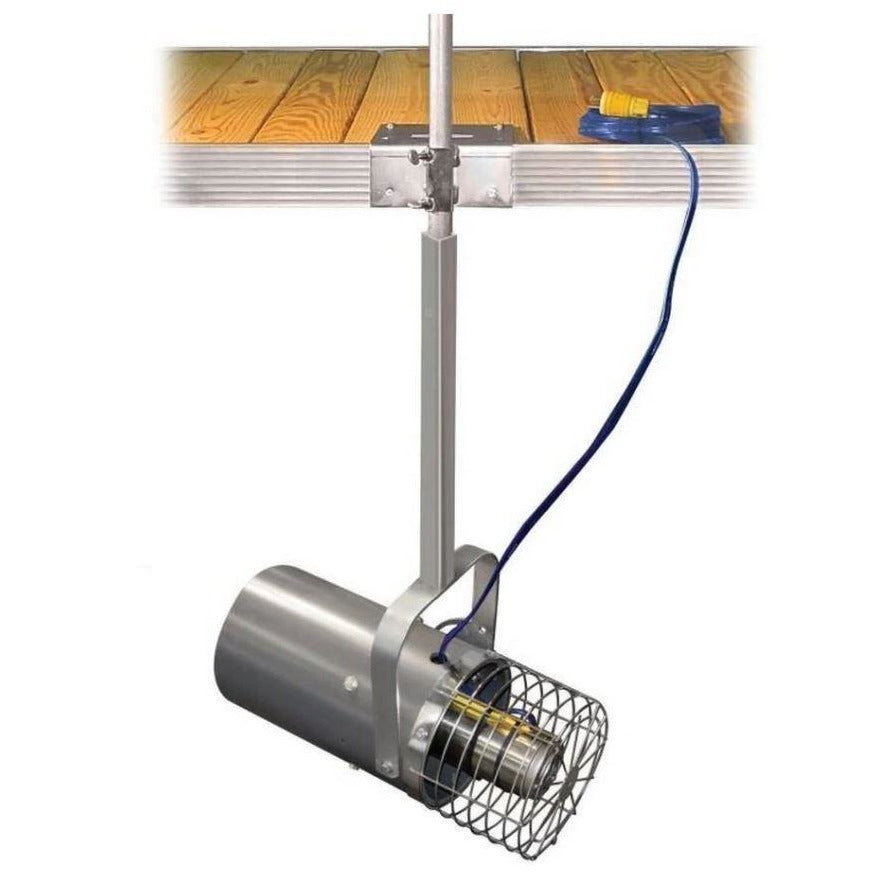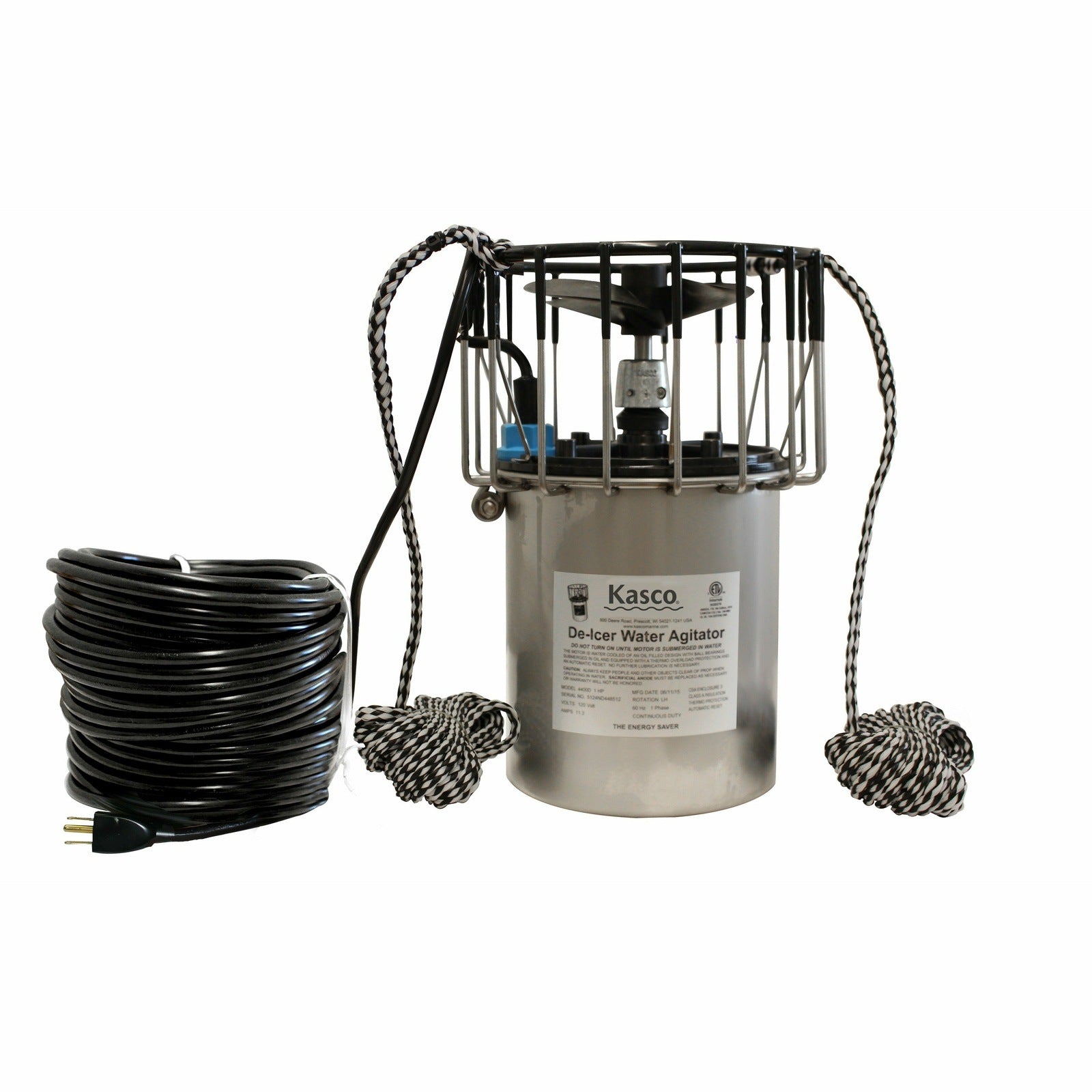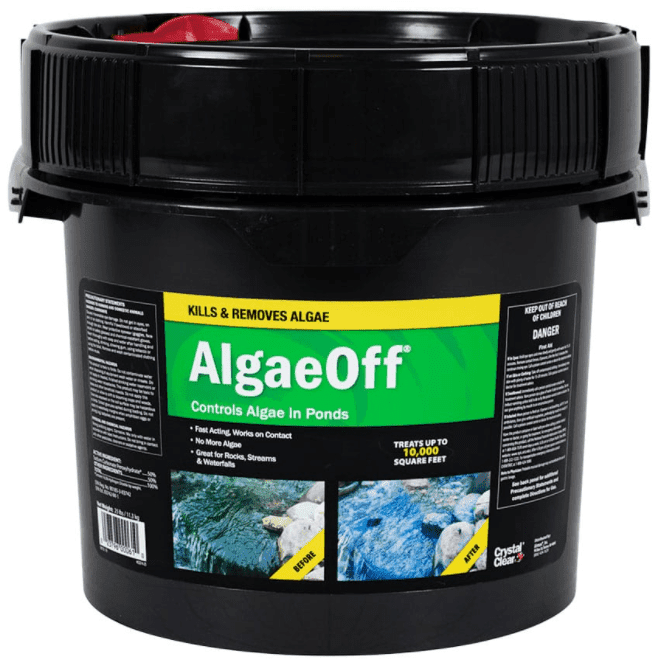Water lilies are popular pond plants with big, round leaves (lily pads) that float on the water. These leaves grow from long stems connected to root networks under the water. These flowers come in white, yellow, and pink and bloom all summer.
If you're designing a tranquil backyard water feature, pairing water lilies with small pond fountains can elevate the aesthetic appeal while enhancing water movement and oxygenation.
Water lilies are good for ponds because they provide shade for fish, help keep the water clean, and are easy to share by transplanting a piece of the root. Let's explore the world of lily pads and get to know their benefits and potential drawbacks.
How to Plant Water Lilies?

Planting water lilies can enhance the beauty of your pond and create a serene aquatic environment. Here’s a step-by-step guide to help you plant water lilies effectively:
1-Choose the Right Variety
Select a variety that suits your climate and pond size. Hardy water lilies are ideal for temperate regions, while tropical water lilies thrive in warmer climates.
2-Select a Planting Container
Use a wide, shallow container to give the water lily roots room to spread. A container around 10-14 inches in diameter and 6-8 inches deep is usually sufficient.
3-Prepare the Soil
Fill the container with heavy garden soil or clay. Avoid using potting soil, as it can float and cloud the water. Add a layer of aquatic fertilizer tablets to the soil to provide nutrients.
4-Plant the Rhizome
Place the water lily rhizome at a 45-degree angle in the soil, with the growing tip facing upward and slightly above the soil surface. Cover the rhizome with soil, leaving the growing tip exposed.
5-Add Gravel
Place a layer of gravel or small stones on top of the soil to prevent it from washing away and to deter fish from digging.
6-Submerge the Container
Slowly lower the container into the pond, allowing the water to gradually fill the container to avoid disturbing the soil. Position the container so that the top of the soil is 6-18 inches below the water surface, depending on the variety.
7-Maintain the Water Lily
Ensure the water lily receives at least 4-6 hours of direct sunlight each day. Regularly check for pests and remove dead leaves to maintain plant health. Fertilize every 4-6 weeks during the growing season.
Difference Between Hardy Water Lilies and Tropical Water Lilies?
Water lilies are a popular choice for ponds and water gardens, and they come in two main types: hardy water lilies and tropical water lilies. Understanding the differences between them can help you choose the best variety for your needs.
|
Feature |
Hardy Water Lilies
|
Tropical Water Lilies
|
|
Climate Suitability
|
Best for temperate and cooler climates
|
Best for warm and tropical climates
|
|
Bloom Time |
Late spring to early fall
|
Summer to early fall
|
|
Flower Colors |
White, pink, red, yellow, peach
|
Blue, purple, white, pink, red, yellow
|
|
Leaf Shape
|
Rounded with smooth edges |
Often serrated or jagged edges |
|
Growth Habit
|
Day-blooming varieties |
Both day-blooming and night-blooming varieties |
|
Winter Hardiness |
Can survive winter in dormant state |
Must be brought indoors or replaced annually |
|
Size |
Generally smaller blooms and leaves |
Larger blooms and leaves |
|
Fragrance |
Mild fragrance |
Often more fragrant |
Are Lilies Good for Your Pond?
Absolutely! Beyond their stunning beauty, water lilies offer numerous ecological benefits that significantly enhance the health of your pond ecosystem. Here’s why incorporating water lilies into your pond is a smart choice:
1-Water Quality Maintenance:
- Lily pads oxygenate the water by releasing oxygen through their leaves and roots.
- This oxygenation is crucial for supporting aquatic life and ensuring the health and well-being of fish and other inhabitants.
2-Natural Filtration:
- Lily pads act as natural filters, absorbing excess nutrients and contaminants from the water.
- Their filtration capabilities help prevent algal blooms and maintain water clarity, promoting a balanced ecosystem.
3-Habitat and Shelter:
- Lilies provide habitat and shelter for various aquatic organisms.
- From tiny insects to amphibians and fish, many species rely on shelter for breeding, feeding, and protection from predators.
|
Feature |
Benefit |
|
Water Quality |
Oxygenation: Release Oxygen through leaves and Roots, supporting aquatic life |
|
|
Natural Filtration: Absorb excess nutrients and contaminants, preventing algal blooms and maintaining water clarity. |
|
Habitat |
Shelter: Provide habitat and shelter for fish, amphibians, and insects for breeding, feeding, and protection, |
The Cons of Lily Pads
While lily pads can enhance the beauty and ecological balance of your pond, they also come with several potential drawbacks. Understanding these cons will help you make an informed decision about whether lily pads are right for your water garden.
1- Potential Overgrowth
One of the primary concerns with lily pads is their tendency to overgrow. If not properly managed, lily pads can quickly cover a significant portion of your pond’s surface. This overgrowth can lead to several issues:
- Surface Coverage: Excessive lily pad growth can block sunlight from reaching other aquatic plants, inhibiting their growth and potentially disrupting the pond’s ecosystem.
- Competition: Lily pads can compete with other plants for nutrients and space, which can result in less biodiversity in your pond.

2-Maintenance Requirements
Maintaining lily pads requires regular effort and attention. Without consistent management, lily pads can become overwhelming and detract from your pond’s appearance and health.
- Pruning: Regular pruning is necessary to keep lily pads from overtaking the pond. This can be time-consuming and labor-intensive.
- Monitoring: You'll need to monitor the growth of lily pads closely to ensure they do not spread uncontrollably.
3-Can Attract Pests
Lily pads can attract various pests, which can pose problems for your pond ecosystem.
- Insects: Certain insects, such as aphids and spider mites, are attracted to lily pads. These pests can damage the plants and potentially spread to other areas of your garden.
- Other Pests: Larger pests, such as snails and even some mammals, might be drawn to the habitat created by lily pads, potentially causing further disruption.
4-Possible Impact on Water Flow
Lily pads can affect the natural water flow and circulation within your pond, leading to several potential issues:
- Restricted Movement: The dense growth of lily pads can restrict water movement, reducing aeration and potentially leading to stagnant areas in the pond.
- Aeration: Reduced water circulation can decrease the oxygen levels in the pond, affecting the health of fish and other aquatic life.
5-Risk of Disease
Lily pads can be susceptible to various diseases and pests, which can have a broader impact on your pond’s health.
- Disease Susceptibility: Lily pads are prone to certain fungal infections and diseases, such as crown rot and leaf spot. These diseases can spread quickly and affect the overall health of your pond.
- Spread to Other Plants: Diseases and pests that affect lily pads can spread to other aquatic plants in your pond, leading to a more widespread issue that requires significant effort to manage.
Tip to Maintain the Growth of Lilies
Creating a healthy pond ecosystem is all about achieving balance. Lily pads can be a fantastic addition, but managing their growth is crucial to ensure they don't overshadow the other vital elements. Here are some additional tips for striking the right balance with lily pads:
- Companion planting: Introduce other aquatic plants that can help compete with lily pads for nutrients and stop them from taking over.
- Location: Plant lilies in designated areas, away from waterfalls or filters that require good water flow.
- Monitor your pond: Keep an eye on the growth of your lily and other plants, adjust their placement, or thin them out as needed.
- Natural solution: While tools like rakes and cutters can remove lily pads from the surface, it's only temporary. These plants are sneaky. They grow from underground root systems called rhizomes, and even a small piece left behind can sprout new lily pads in no time.
FAQs:
1-What are the benefits of adding lily pads to my pond?
Water lilies enhance aesthetic appeal, provide shade and shelter for fish, improve water quality by oxygenating the water, and act as natural filters, absorbing excess nutrients and preventing algal blooms.
2-How do lily pads help maintain water quality in a pond?
Lily pads help maintain water quality by oxygenating the water through their leaves and roots, which supports aquatic life. They also act as natural filters, absorbing excess nutrients and contaminants, thus preventing algal blooms and maintaining water clarity.
3.Do water lilies need full sun to thrive?
Yes, water lilies need full sun for at least 6 hours a day to thrive and produce blooms.
4-Can lily pads overgrow in a pond?
Yes, lily pads can overgrow if not properly managed. They can cover a significant portion of the pond’s surface, blocking sunlight from reaching other aquatic plants and competing for nutrients and space, which can disrupt the pond’s ecosystem.
5-How do I plant and grow water lilies in my pond?
Plant water lilies in pots or baskets filled with aquatic soil. Submerge the pot in the pond, placing it at a depth where the lily pads can float on the surface. Ensure they receive full sun for at least 6 hours a day.
6-How do I care for water lilies during different seasons?
In spring and summer, ensure they have enough sunlight and trim dead leaves regularly. In winter, move tropical lilies indoors or into deeper water to prevent freezing. Hardy varieties can remain in the pond.
7-Can water lilies survive in cold climates?
Hardy water lilies can survive in cold climates and overwinter in the pond. Tropical water lilies need to be moved indoors or to deeper water where they won't freeze.
8-How can I control the spread of water lilies in my pond?
Control the spread by planting them in pots or baskets, regularly pruning excess growth, and thinning out overcrowded plants.
9-What types of soil are best for planting water lilies?
Use heavy clay or aquatic planting soil that doesn't float away. Avoid using regular garden soil, which can cloud the water and promote algae growth.
10.How do I fertilize water lilies to ensure healthy growth?
Use slow-release aquatic plant fertilizers, placing fertilizer tablets in the soil at the base of the plants every 4-6 weeks during the growing season.
11.What common pests and diseases affect water lilies, and how do I treat them?
Common pests include aphids, spider mites, and snails. Treat with appropriate insecticides or manual removal. Diseases like crown rot and leaf spot can be managed by removing affected leaves and using fungicides.
12.Can I Add Lilies in a Fish Pond?
Absolutely, you can add lilies to a fish pond, and doing so can offer several benefits for both the pond ecosystem and the fish. Lily pads provide shade which helps regulate water temperature, making the pond environment more comfortable for fish. They also offer hiding spots for fish, protecting them from predators and giving them a place to breed. However, it’s important to consider both the advantages and potential challenges to ensure a harmonious environment.
Whether you're looking to enhance water circulation, prevent ice damage, or improve water quality, investing in the right equipment makes all the difference. At Protopond, we offer a full range of high-quality solutions—including pond aerators, Dock Bubblers, Dock Deicers, and Pond best Pumps. For those needing reliable and efficient options, our submersible pond pumps are a top choice for seamless underwater operation.













